Give waste heat inside microprocessors new directions
Spin caloritronics describes a new area of research: What happens if you heat a magnet?
Jul 26th, 2011
Read more
Spin caloritronics describes a new area of research: What happens if you heat a magnet?
Jul 26th, 2011
Read moreThe nomination process for the 2011 Foresight Institute Feynman Prize is now open.
Jul 25th, 2011
Read more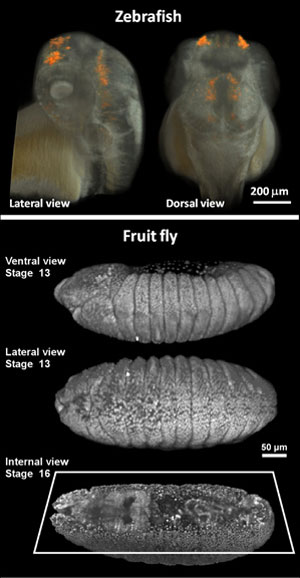 Looking to improve upon current methods of imaging, researchers from the California Institute of Technology (Caltech) have developed a novel approach that could redefine optical imaging of live biological samples by simultaneously achieving high resolution, high penetration depth (for seeing deep inside 3D samples), and high imaging speed.
Looking to improve upon current methods of imaging, researchers from the California Institute of Technology (Caltech) have developed a novel approach that could redefine optical imaging of live biological samples by simultaneously achieving high resolution, high penetration depth (for seeing deep inside 3D samples), and high imaging speed.
Jul 25th, 2011
Read moreCommissioner Maire Geoghegan-Quinn announced nearly EUR 7 billion to kick-start innovation through research. The European Commission's biggest ever such funding package, under the EU's Seventh Framework Programme for Research (FP7), is expected to create around 174 000 jobs in the short-term and nearly 450 000 jobs and nearly EUR 80 billion in GDP growth over 15 years. EUR 488 million for nanotechnologies will focus on areas such as factories of the future, green cars and energy efficient buildings.
Jul 25th, 2011
Read more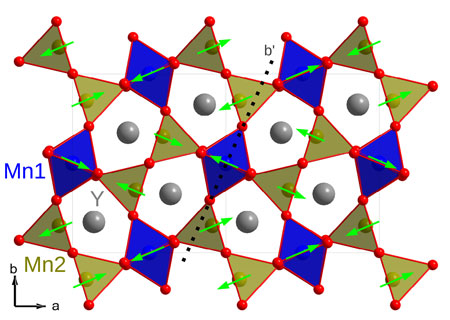 New multiferroic mechanism could lead to next-generation memory and sensing devices.
New multiferroic mechanism could lead to next-generation memory and sensing devices.
Jul 25th, 2011
Read moreOne of the Starting Grants awarded by the European Research Council (ERC) in its latest funding round has gone to Professor Achim Hartschuh, who works at the Faculty of Chemistry and Pharmacology at LMU Munich. Hartschuh receives the award for a project entitled "New tools for nanoscale optical spectroscopy - Functional imaging of single nanostructures using antennas".
Jul 25th, 2011
Read more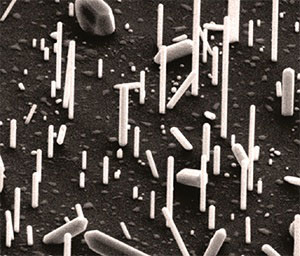 Ferromagnetic iron germanide nanowires grown on graphene could serve as spin injection contacts for graphene-based spintronics.
Ferromagnetic iron germanide nanowires grown on graphene could serve as spin injection contacts for graphene-based spintronics.
Jul 25th, 2011
Read more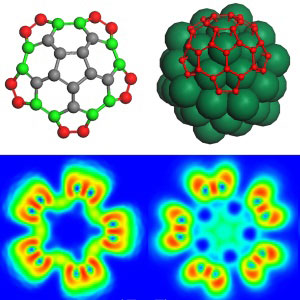 Charge transfer between metal and growing carbon structures directs the growth of carbon nanotubes and their electronic properties.
Charge transfer between metal and growing carbon structures directs the growth of carbon nanotubes and their electronic properties.
Jul 25th, 2011
Read moreMIT researchers have found a way to improve the energy density of a type of battery known as lithium-air (or lithium-oxygen) batteries, producing a device that could potentially pack several times more energy per pound than the lithium-ion batteries that now dominate the market for rechargeable devices in everything from cellphones to cars.
Jul 25th, 2011
Read more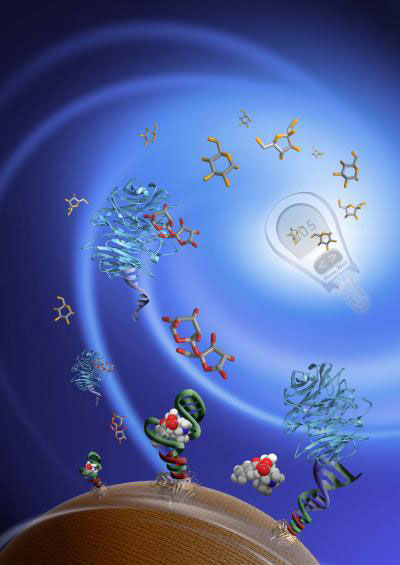 Glucose meters aren't just for diabetics anymore. Thanks to University of Illinois chemists, they can be used as simple, portable, inexpensive meters for a number of target molecules in blood, serum, water or food.
Glucose meters aren't just for diabetics anymore. Thanks to University of Illinois chemists, they can be used as simple, portable, inexpensive meters for a number of target molecules in blood, serum, water or food.
Jul 24th, 2011
Read more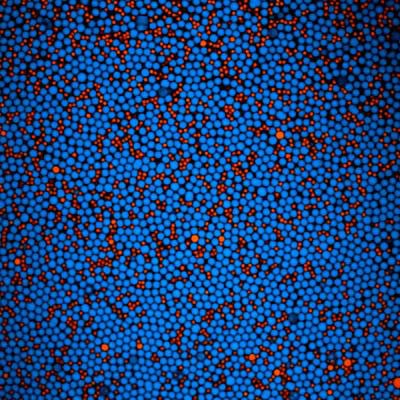 Latex paints and drug suspensions such as insulin or amoxicillin that do not need to be shaken or stirred may be possible thanks to a new understanding of how particles separate in liquids, according to Penn State chemical engineers, who have developed a method for predicting the way colloidal components separate based on energy.
Latex paints and drug suspensions such as insulin or amoxicillin that do not need to be shaken or stirred may be possible thanks to a new understanding of how particles separate in liquids, according to Penn State chemical engineers, who have developed a method for predicting the way colloidal components separate based on energy.
Jul 24th, 2011
Read moreThe academics, who discovered the world's thinnest material at The University of Manchester in 2004, have revealed more about its electronic properties.
Jul 24th, 2011
Read moreIn an advance that could open new avenues for solar cells, lasers, metamaterials and more, researchers at the University of Illinois have demonstrated the first optoelectronically active 3-D photonic crystal.
Jul 24th, 2011
Read moreResearchers at the SPring-8 Photon Science Research Division are developing a range of imaging tools to reveal the remarkable mechanism of bacterial locomotion.
Jul 23rd, 2011
Read more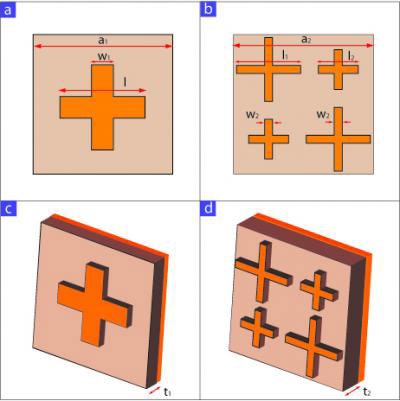 A designer metamaterial has shown it can engineer emitted "blackbody" radiation with an efficiency beyond the natural limits imposed by the material's temperature.
A designer metamaterial has shown it can engineer emitted "blackbody" radiation with an efficiency beyond the natural limits imposed by the material's temperature.
Jul 23rd, 2011
Read more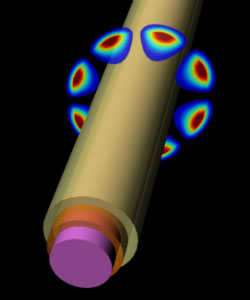 Renaissance architects demonstrated their understanding of geometry and physics when they built whispering galleries into their cathedrals. These circular chambers were designed to amplify and direct sound waves so that, when standing in the right spot, a whisper could be heard from across the room. Now, scientists at the University of Pennsylvania have applied the same principle on the nanoscale to drastically reduce emission lifetime, a key property of semiconductors, which can lead to the development of new ultrafast photonic devices.
Renaissance architects demonstrated their understanding of geometry and physics when they built whispering galleries into their cathedrals. These circular chambers were designed to amplify and direct sound waves so that, when standing in the right spot, a whisper could be heard from across the room. Now, scientists at the University of Pennsylvania have applied the same principle on the nanoscale to drastically reduce emission lifetime, a key property of semiconductors, which can lead to the development of new ultrafast photonic devices.
Jul 22nd, 2011
Read more